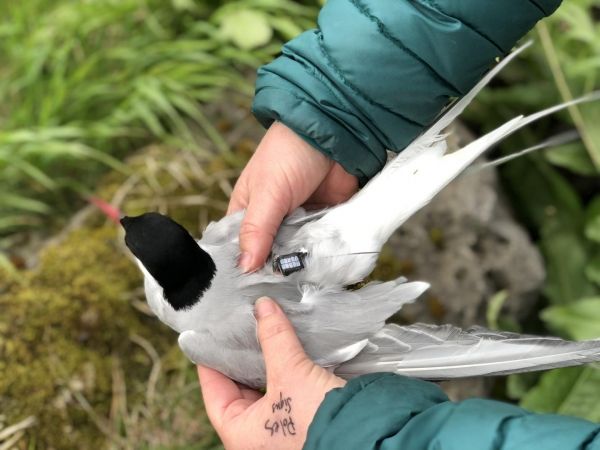World leaders are currently updating the laws for international waters that apply to most of the world’s ocean environment. This provides a unique opportunity, marine scientists argue this week, to introduce new techniques that allow protected zones to shift as species move under climate change.
In an article in the Jan. 17 issue of Science, researchers make the case for the United Nations to include mobile marine protected areas in the U.N. Convention on the Law of the Sea, or UNCLOS, now being updated since its last signing in 1982.
“Animals obviously don’t stay in one place — a lot of them use very large areas of the ocean, and those areas can move in time and space,” said lead author Sara Maxwell, an assistant professor at the University of Washington Bothell who studies migratory marine animals. “As climate change happens, if we make boundaries that are static in place and time, chances are that the animals we are trying to protect will be gone from those places.”
Former President Barack Obama, former President George W. Bush and actor Leonardo DiCaprio are well-known proponents of protecting large regions of the ocean environment in marine protected areas, or MPAs. But even these huge swaths of protected ocean aren’t enough to conserve highly mobile species, like sea turtles, whales, sharks and seabirds that can travel across entire oceans in search of food and breeding grounds.
Read more at University of Washington
Image: This Arctic tern has been outfitted with a GPS tag in Iceland to track its movements by satellite. This species has the longest migration in the world, traveling from Iceland to Antarctica and back in a single year. (Credit: Sara Maxwell/University of Washington)


